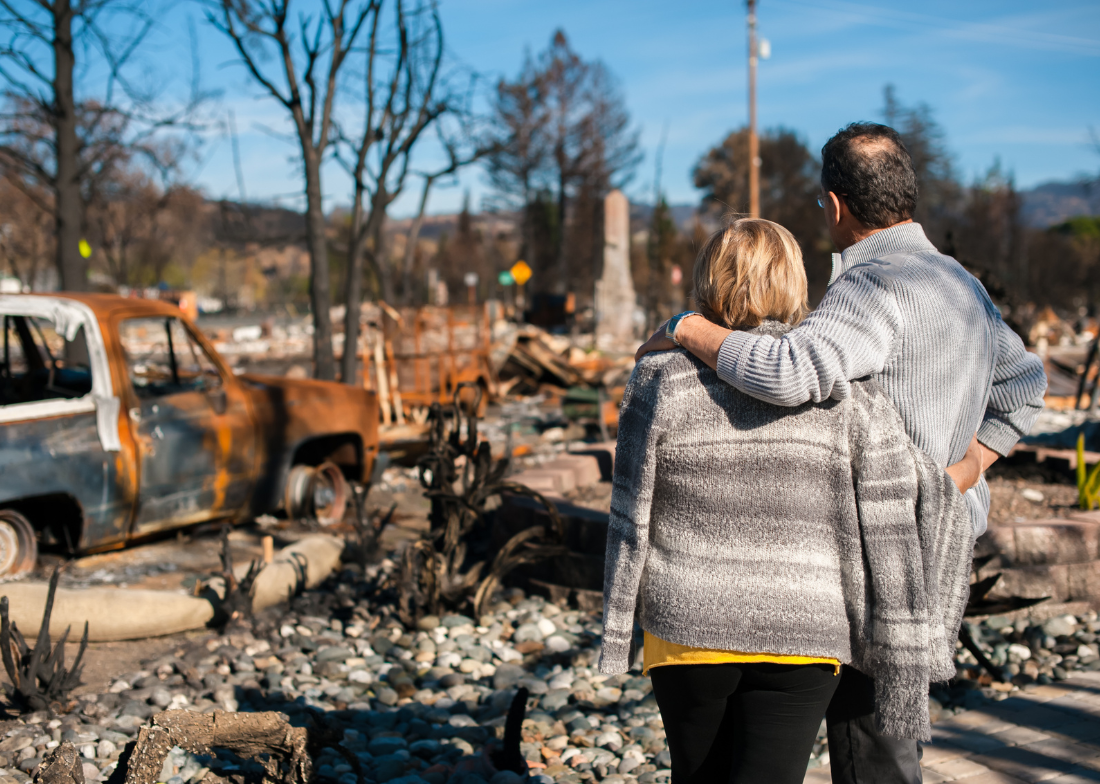The Business of Climate Change
Victoria Whalen, ACE Fellow
|July 21, 2022

As science and technology advance, society continues to grow alongside. The business world is connected with every aspect of life and remains one of the top producers of carbon dioxide in the atmosphere. Business plays a central role in climate change and has an immense responsibility to help curb future climate consequences. Understanding business’s role in climate change brings us one step closer to preventing future climate catastrophes.
The Industry
Business plays an integral role in climate change, with many current carbon emissions coming from business activities. Historically, businesses advocate for unsustainable practices and carbon-intensive behaviors to make a profit. However, as the climate crisis worsens, all intersections within the business industry, including the supply chain will see significant adverse effects. For example, in 2019, the UN’s International Labor Organization reported that 80 million jobs would be at risk due to rising temperatures and unsafe working conditions.
One thing that is certain is that climate change consequences and mitigation efforts will cost. According to the Intergovernmental Panel on Climate Change (IPCC), just 2℃ of global warming would cost 0.5-2.0 percent of the global GDP by mid-century. One study predicts that the United States alone could lose $520 billion across 22 different sectors due to rising temperatures. The Organization for Economic Cooperation and Development also estimates that the infrastructure needed to achieve worldwide climate goals would cost 7 trillion dollars a year. However, it’s important to note that the costs of inaction on climate change are higher than the costs of climate action.
Businesses and business activities are a hub for climate solutions that can help mitigate and prevent adverse effects on the planet and the people. For example, according to the International Energy Agency, global renewable energy use increased by 3 percent in 2020, compared to 2019, with renewables taking a 29 percent share of global electricity generation. Another example is France becoming the first country to legislate the phase-out of combustion engines by 2040.
Insurers, stakeholders, and capital providers also play a role in helping to fight climate change. These critical business players want to protect their customers, partners, and investments and thus can use their power to help integrate sustainable business models and practices. Recently, 22 insurers worked with the United Nations to produce a report outlining how businesses can help analyze and mitigate climate risk.
Risky Business
The climate crisis threatens the health of the entire global economy. Every process involved in business, including production, shipping, and even procuring shareholders and insurers, hangs in a delicate balance. In the business world, numerous risks are involved, such as physical and transitional risks. Amar Rahman, the Global Head of Climate Resilience Services, stated, “Companies that identify and act on climate risks now will have a better chance to not only survive but to thrive in a new net-zero world.”
Physical Risks
Physical damages or harms are typically the most apparent risks involved with business. These risks include flooding, wildfires, severe heat waves, droughts, and hurricanes which can significantly damage property, merchandise, workers, customers, and any means of transportation. While physical damage can affect any sector or industry, agriculture and tourism sectors typically take the brunt of these climate consequences. For example, due to droughts and extreme temperatures, the European Union and United Kingdom’s agriculture industry loses approximately €9 billion per year, which is expected to increase to €65 billion. Similarly, due to drought, the Australian Bureau of Agricultural and Resource Economics reported that farmers had lost more than AU$1 billion in the last 20 years due to the climate crisis.
The tourism and leisure industry, which contains activities such as hiking, skiing, snorkeling, and other forms of entertainment, also faces immediate physical risks. Most notably, ski resorts are experiencing shorter seasons each year as increased temperatures continue to reduce snowfall. In the United States, by 2050, nearly all ski resorts are at risk of 50 percent shorter seasons and up to 80 percent by 2090. Wildfires are also greatly affecting numerous locations in the United States and Australia, with each nation seeing drops in visitors of popular national parks and hiking spots.
Transitional Risks
Transitional risks focus on the potential costs of introducing new policies, laws, regulations, or other business models to address climate change. The easiest way to think about this category of risks is that most business models will have to change to help combat climate change. These changes can also include anything related to new technologies or new consumer trends taking the market by storm.
One sector particularly vulnerable to this is the energy industry. From the smallest town to the largest nation, most agencies are focusing their current transitions on reducing fossil fuel infrastructure and shifting towards renewable energy sources. You can see these practices with new resolutions and frameworks that state “net-zero carbon and other greenhouse gas emissions by 20XX”. Fossil fuel powerhouses such as Exxon and BP have experienced substantial losses this past year due to a push for a just transition. ExxonMobil lost $20 billion, the first annual loss in its history, and BP lost $5.7 billion within the year.
Liability Risks
The last example is liability risk which can happen to businesses that do not mitigate, adapt to, or comply with legal or regulatory requirements and mechanisms. In other words, if the company does not voluntarily work towards the climate goal, then it can be taken to court or fined. In addition, businesses that don’t adapt in a timely manner could potentially lose profit or even shut down due to competitors beating them out.
Climate litigation, the process of taking legal action related to climate change, is a growing legal remedy happening worldwide. In the past, companies and corporations had the upper hand, but advances in climate science, new court cases, and overall shifting public views on climate have made litigation a viable option. Environmental racism and environmental justice connect with liability risk because companies will have their air polluting facilities and toxic waste dumps in marginalized communities. Remedies for reductions in air pollution include policies like carbon pricing or carbon taxes that can deter pollution while also having funds re-circulated into the market.

How Businesses Can Help Combat the Climate Crisis
Clearly, business plays a central role in climate change and has an immense responsibility to help curb future climate consequences. Global agencies such as the United Nations have already begun introducing new frameworks to help businesses mitigate their impacts. The United Nations Guiding Principles on Business and Human Rights (UNGP) provide the authoritative global framework to prevent and address adverse human rights impacts related to business, which include business-related human rights impacts from climate change. Some principles focus on transparency within your consumer market, continual assessments of the business’s environmental impact, and integrating solutions across their activities and supply chains to mitigate climate consequences. While the UNGP focuses on solutions within the intersection of human rights and climate change, there are other practices businesses can implement to help combat the climate crisis. Below are a few more examples:
- Fund Environmental Innovation
- Support Marginalized Communities and Nations
- Build Meaningful Partnerships
- Make Decarbonization Profitable
- Work with other Businesses to Increase Impact
Want to read more? Check out the ACE Blog.
Join our Youth Action Network
More Blog Posts
Driving India towards self sufficiency and freedom from oil
India can shield itself from oil-price shocks and global pressure over Russian barrels by leaning harder into two strengths it …
Read More
Unnatural, Not Unprecedented
For two weeks, residents of Southern California endured a waking nightmare. Parents raced against time – hurrying down the driveway …
Read MoreCrafting a Vision for the Future: My Experience at LCOY USA 2024
Dry and sunny Tempe, Arizona where temperatures have been over 100 F for 113 consecutive days, delegates gathered to attend …
Read More